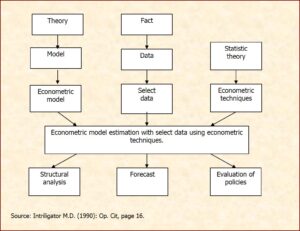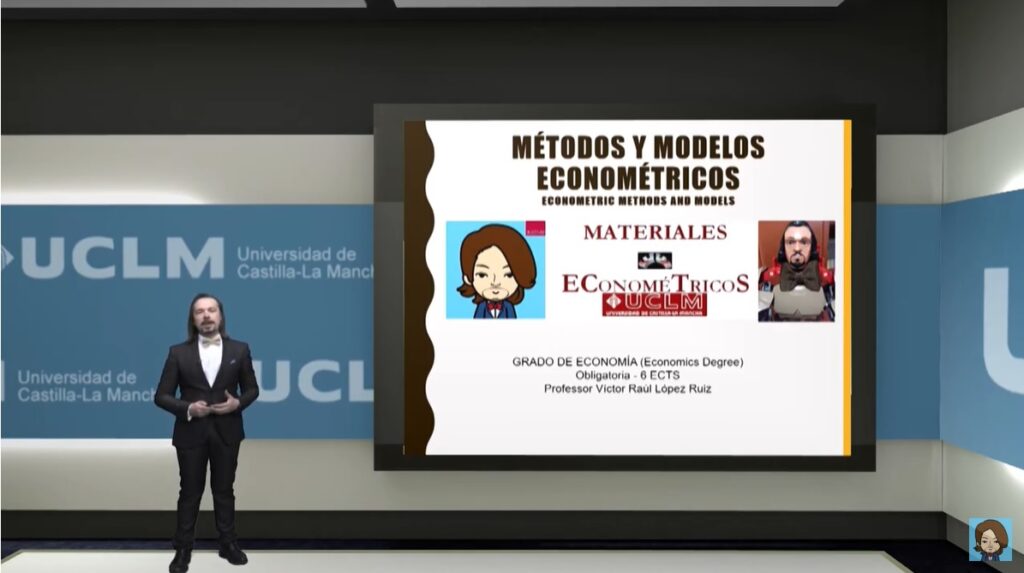Jano, the Roman god of beginnings and endings with which the calendar opens (January), who is also credited with the invention of money, this was the econometric reference for my master Antonio Pulido, without forgetting his two faces looking at time, the future and the past.

|
The birth of Econometrics is generally dated in December 1930 with the founding of the Econometric Society, by the hand of Fisher, Frisch and Roos. Econometric Society (art.2): “… is an international society for the advancement of economic theory in its relation to statistics and mathematics. The Society operates as a completely disinterested, scientific organization without political, social, financial, or nationalistic bias. Its main object shall be to promote studies that aim at a unification of the theoretical- quantitative and empirical-quantitative approach to economic problems and that are penetrated by constructive and rigorous thinking similar to that which has come to dominate in the natural sciences”. Any activity that favors mediate or immediately such unification in the theoretical and empirical economic studies falls on the field of action of the Society. Econometrics and its objectives have said. Klein (1962):“The main objective of econometrics is to give empirical content to a priori reasoning in economics (economic theory”. Christ (1966): “The production of quantitative economic statements that either explain the behaviour of variables we have already seen, or forecast (i.e. predict) behaviour that we have not yet seen, or both”. Frisch (1933, Econometrica Journal): “… … econometrics is by no means the same as economic statistics. Nor is it identical with what we call general economic theory, although a considerable portion of this theory has a definitely quantitative character. Nor should econometrics be taken as synonymous with the application of mathematics to economics. Experience has shown that each of these three viewpoints, that of statistics, economic theory, and mathematics, is a necessary, but not by itself a sufficient, condition for a real understanding of the quantitative relations in modern economic life. It is the unification of all three that is powerful. And it is this unification that constitutes econometrics”. Process Modeling: Broadly speaking, Intriligator (1990: 16) provides the econometric modeling process in its three basic branches: theory (through the support model), facts (through data) and the use and knowledge of certain special statistical methods, known as econometric methods or theoretical econometrics. The applications of these models are empirical econometrics. Visit my YouTube channel with an Online Course of ‘Introduction to Econometrics’ (8 videos, presentation above) and an advanced one in ‘Methods and Econometric Models’ (with another 8 videos, presentation below). |



